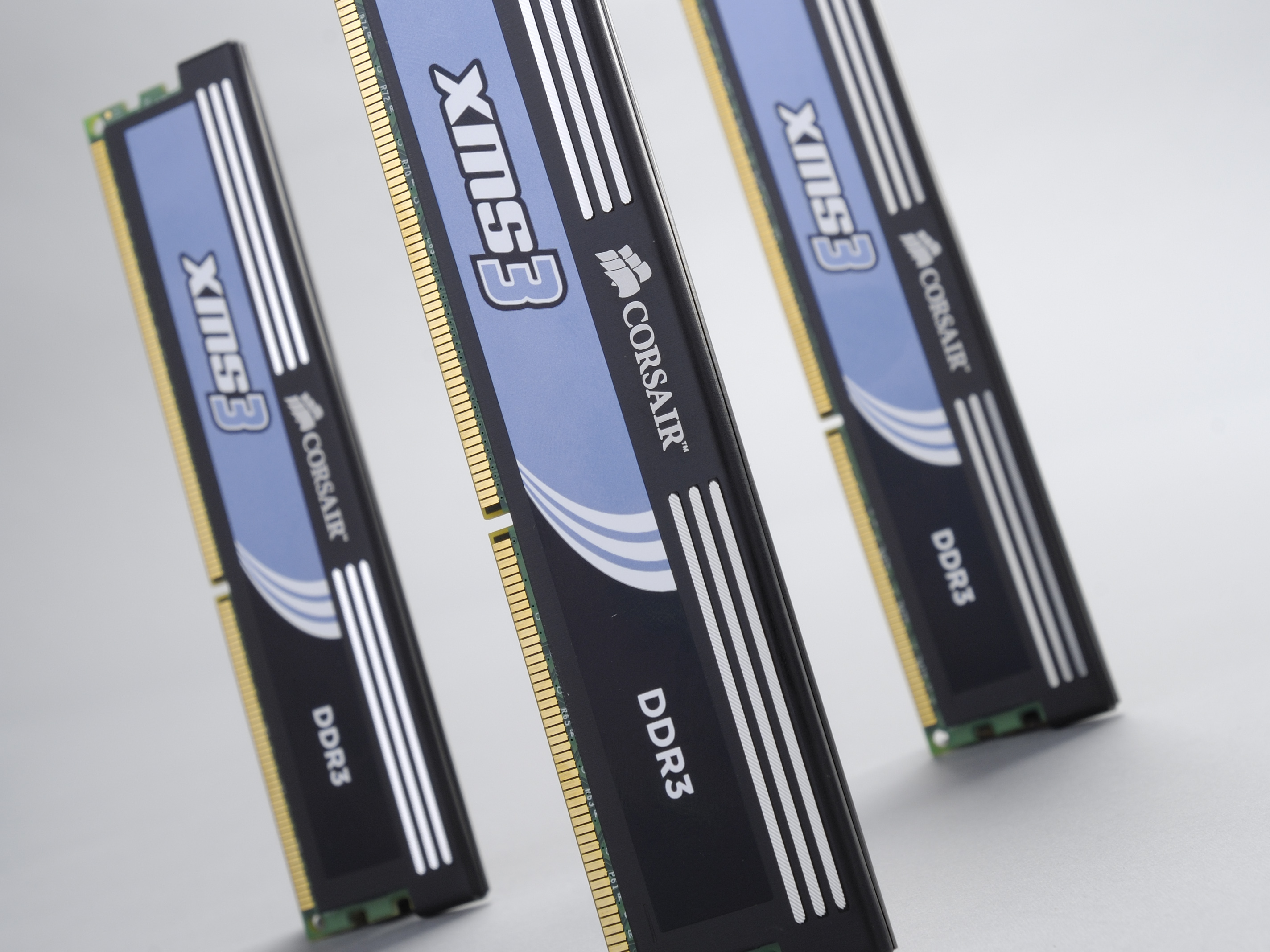TechRadar Verdict
Ignore the plain Jane appearance – this Corsair kit has all the performance you'll ever need.
Pros
- +
Super bang for buck
- +
As quick as you'll ever need
- +
Great gaming performance
Cons
- -
Not as pretty as other Corsair kits
Why you can trust TechRadar
We've grown familiar with Corsair's high-end Dominator kits and their sleek alloy cooling fins. So it's a little unnerving to crack open this more mainstream Corsair XMS3 2,000MHz kit and discover plain-old pressed metal heat spreaders applied to the DIMMs. For once, expectations of high quality work against Corsair.
However, look past the visuals and there's plenty to like. For starters, thanks to the 2,000MHz rating these sticks are no slouches. In fact, when you take the speed into account, a £149 price tag actually looks pretty reasonable.
There are cheaper 6GB triple-channel kits out there, of course, including Crucial's Ballistix 1600MHz and the Kingston HyperX 1600MHz. But none can live with that 2GHz stat.
Indeed, some more expensive kits such as Crucial's Ballistix Tracer are slower, too. As for latency, the XMS3s clock in at 9-9-9. That's more than adequate for a 2,000MHz triple-channel kit at this price point.
As for the performance of the Corsair XMS3 2,000MHz, we'll stick with that "more than adequate" refrain. Running at the default 1,333MHz frequency, there's nothing in it between the XMS3 and the other 6GB triples. They all return around 22GBps of raw bandwidth and virtually identical results in our real-world application tests.
As an end user you literally would not be able to tell the difference between any of them.
Up the ante to 2,000MHz, however, and things get a lot more interesting. For starters, cheaper kits including the Kingston HyperX 1600MHz and Crucial's Ballistix run out of puff well below 2,000MHz. The most notable real-world benefit of this advantage can be seen in the World in Conflict game benchmark which rockets up to 78 frames per second.
That's a boost of over 10 per cent compared to running at the default 1,333MHz setting and enough to really feel in-game and as much as five per cent quicker than kits running at 1,600MHz. That said, you won't get those kinds of returns across the board. Most applications simply aren't that sensitive to memory performance.
What's more, 2,000MHz is your lot with the Corsair XMS3. Attempting to crank things up beyond that results in a non-booting rig, but 2GHz is plenty to be getting on with. More to the point, it provides all the headroom you'll need for overclocking. With that much frequency flexibility, you'll almost definitely get the absolute maximum out of any LGA 1366 CPU.
The TechRadar hive mind. The Megazord. The Voltron. When our powers combine, we become 'TECHRADAR STAFF'. You'll usually see this author name when the entire team has collaborated on a project or an article, whether that's a run-down ranking of our favorite Marvel films, or a round-up of all the coolest things we've collectively seen at annual tech shows like CES and MWC. We are one.

